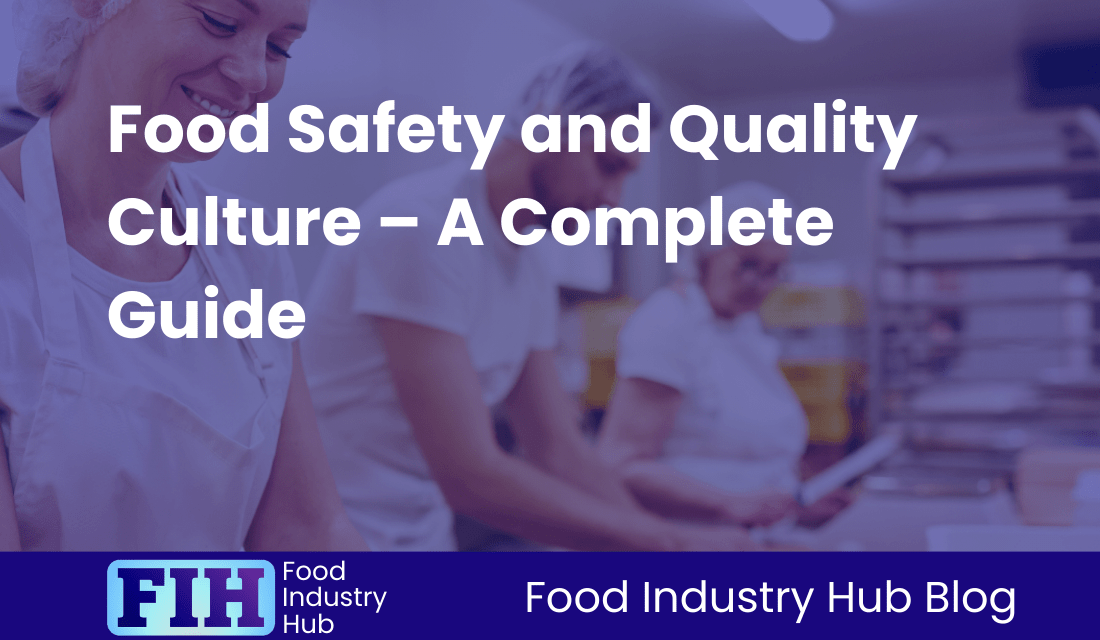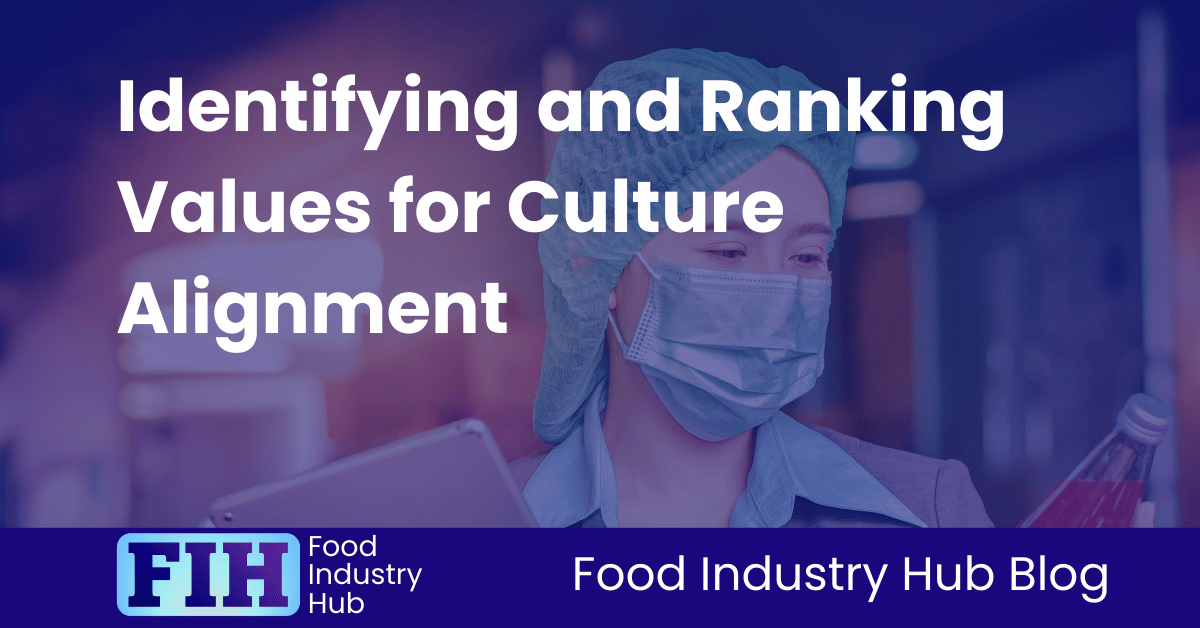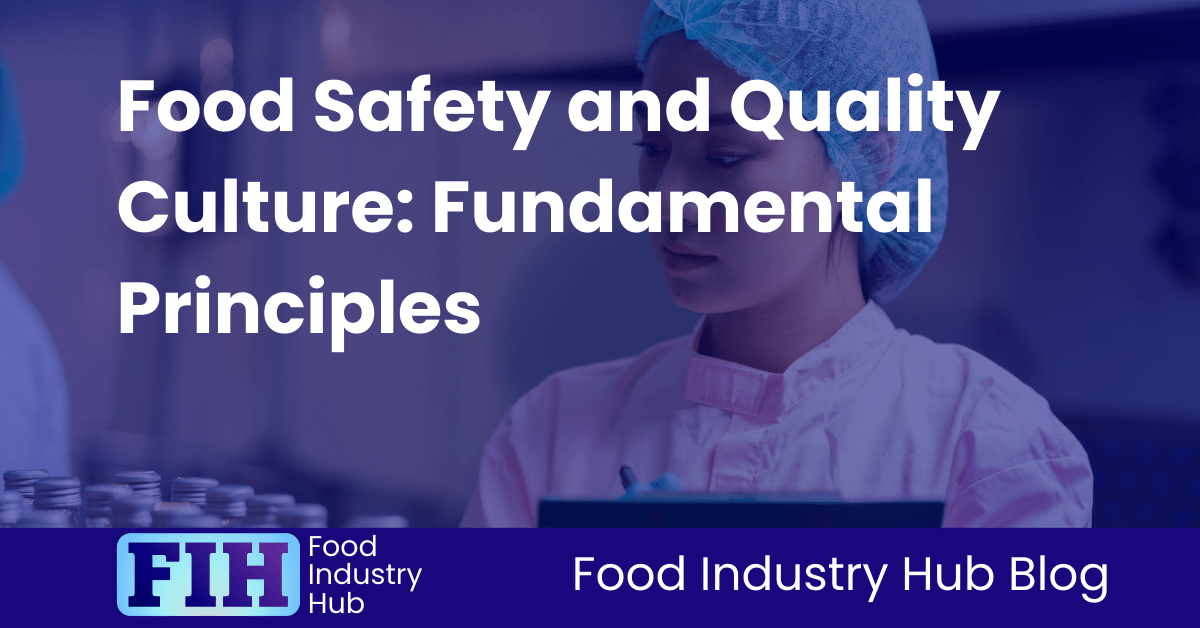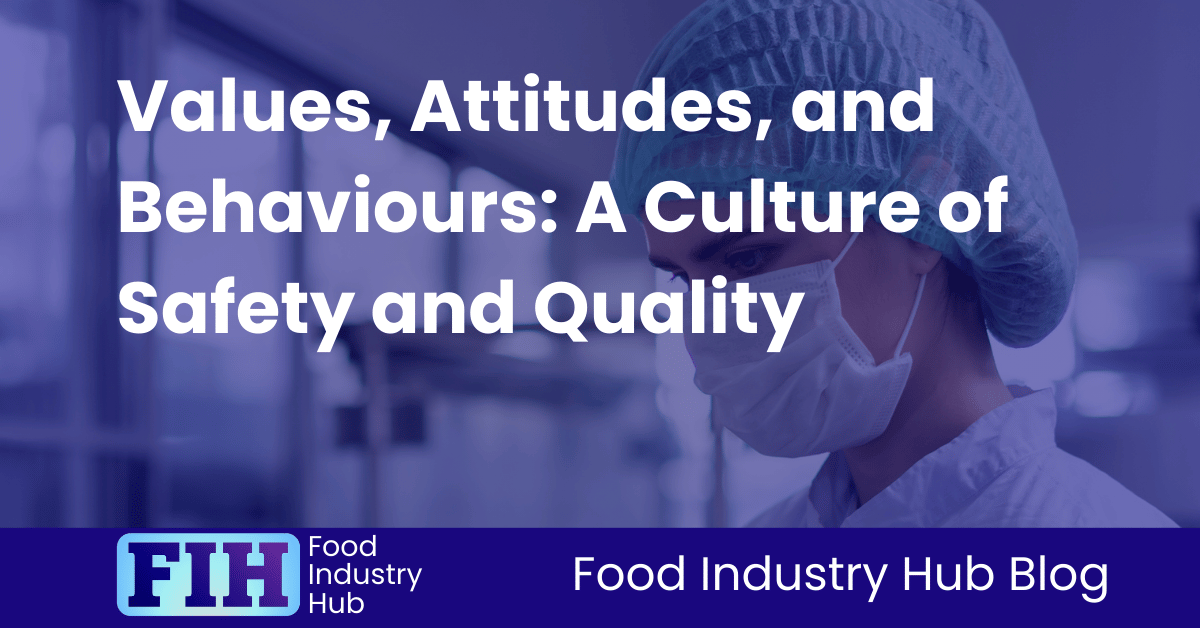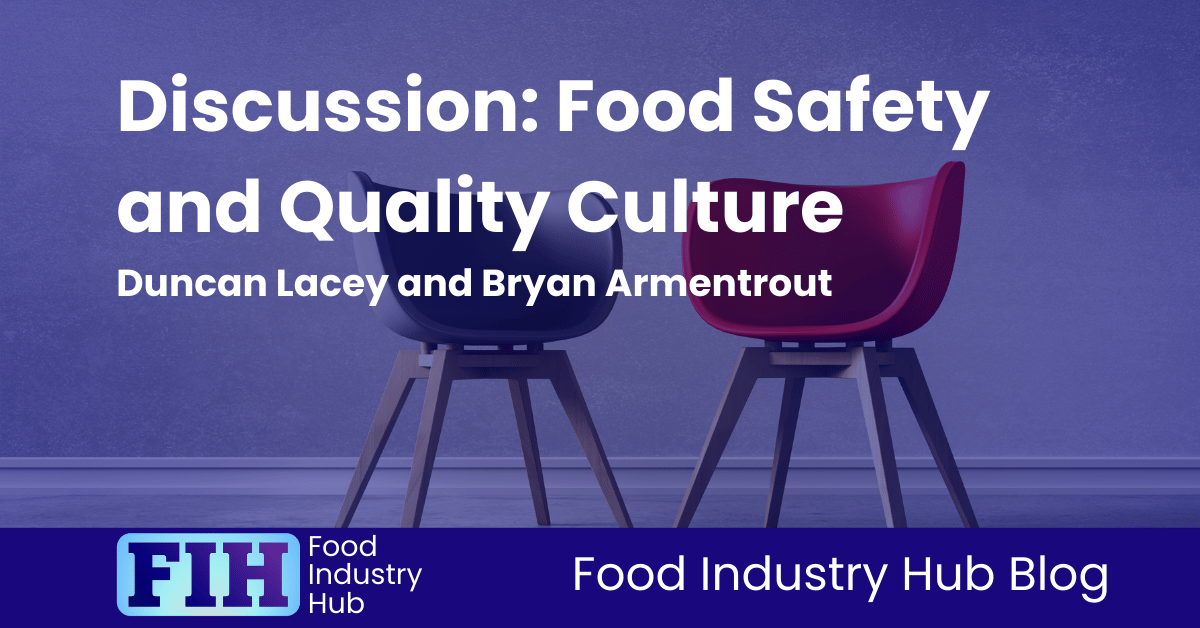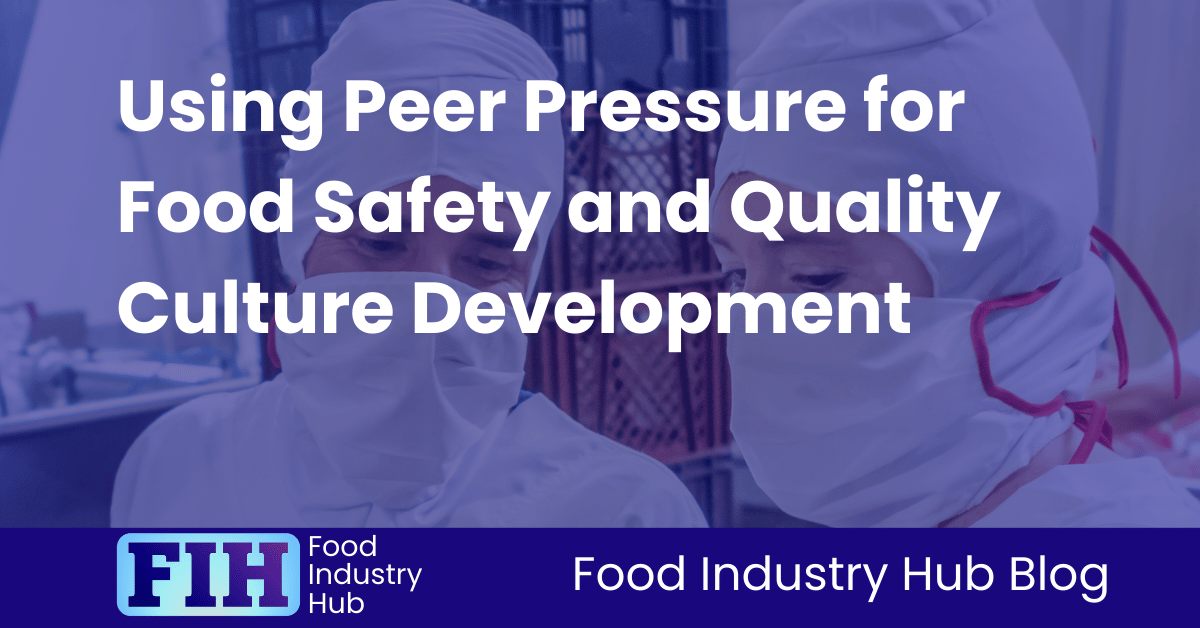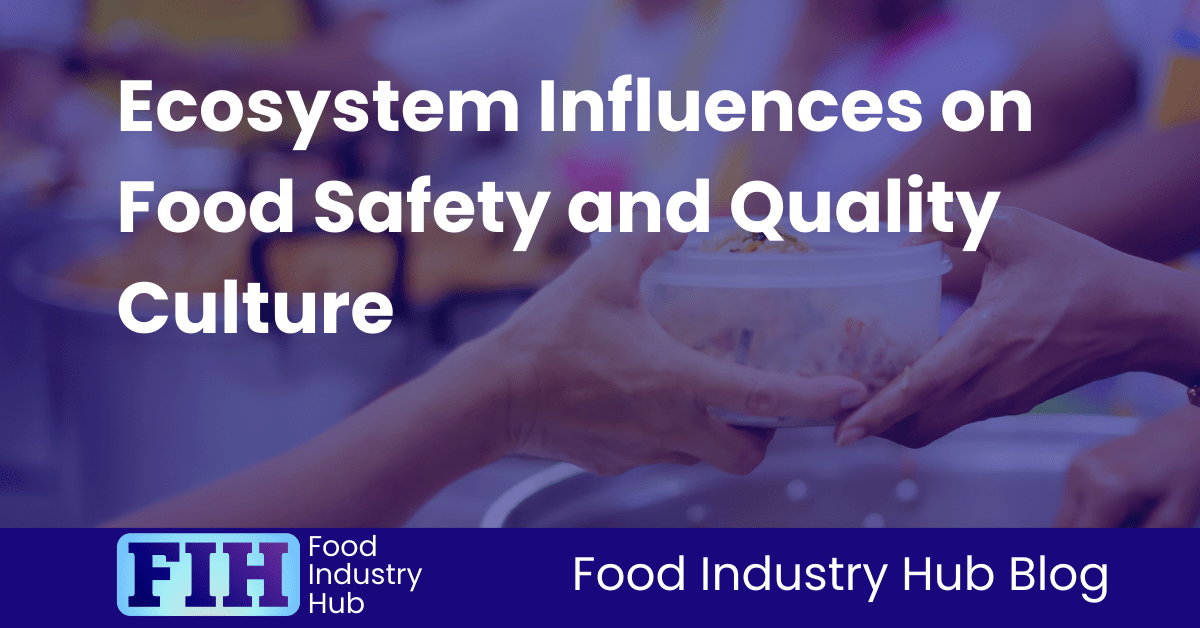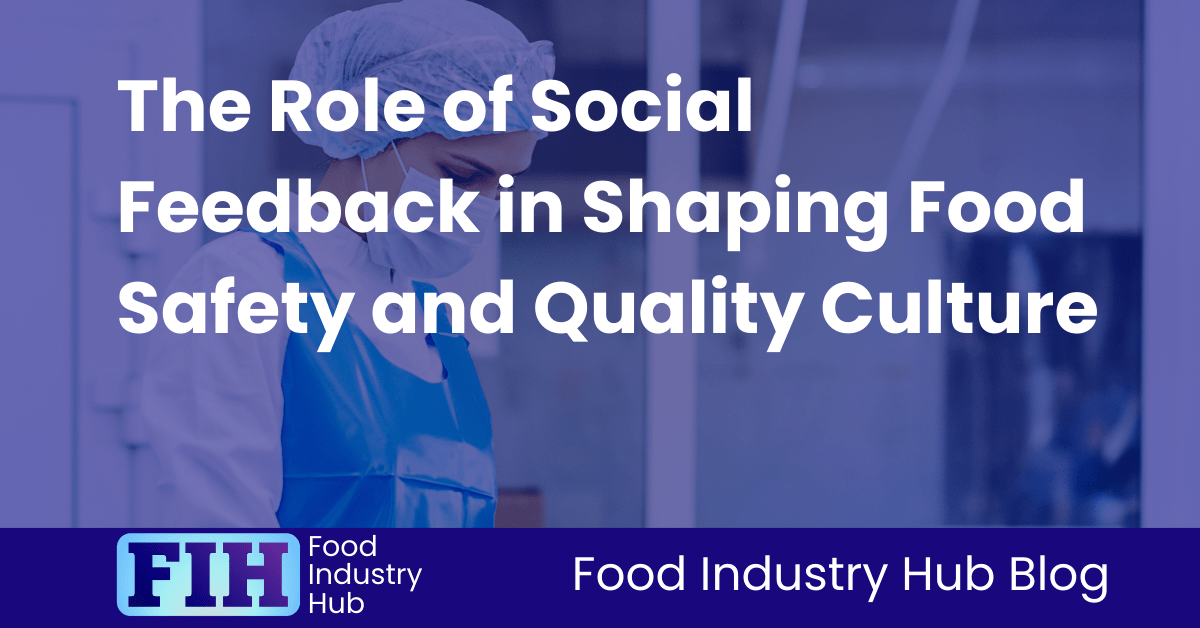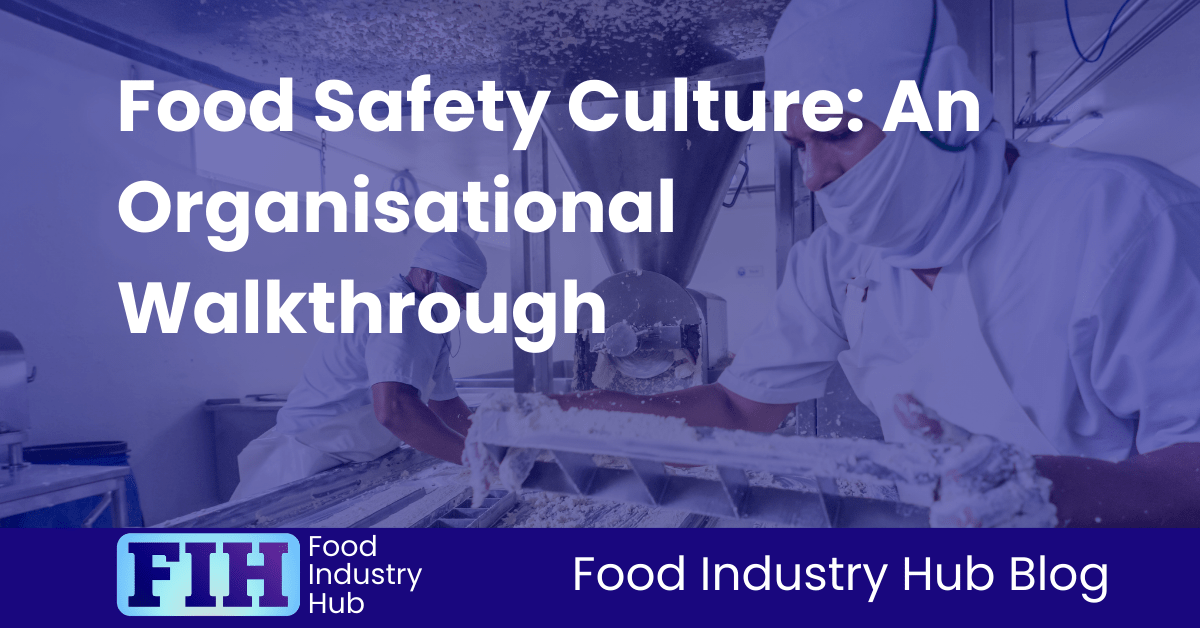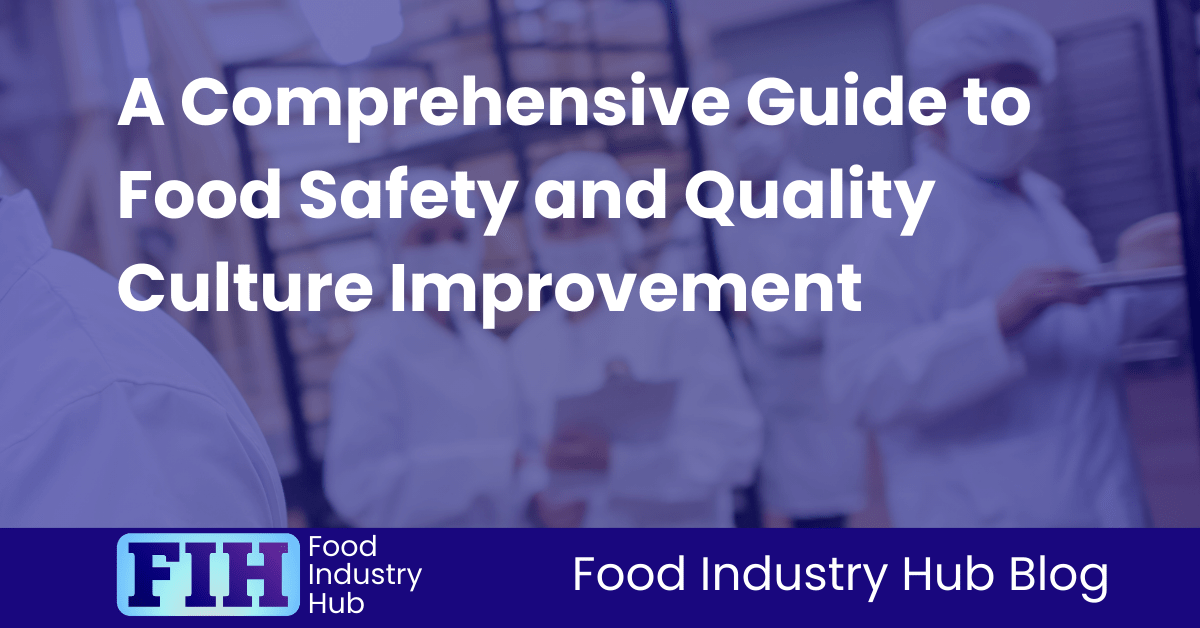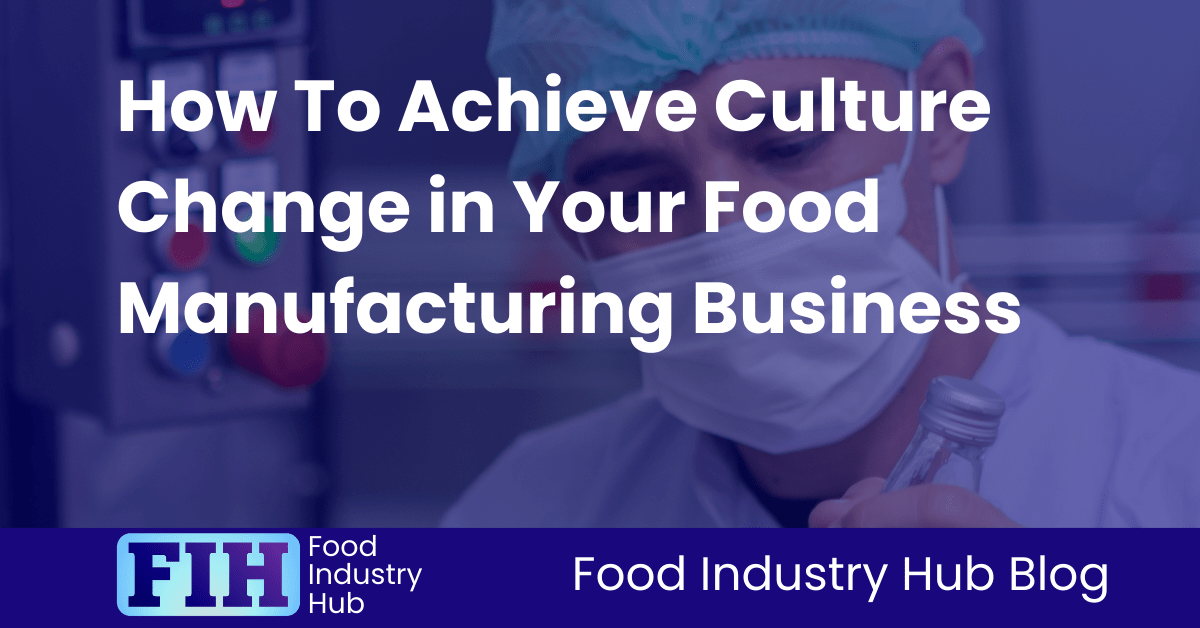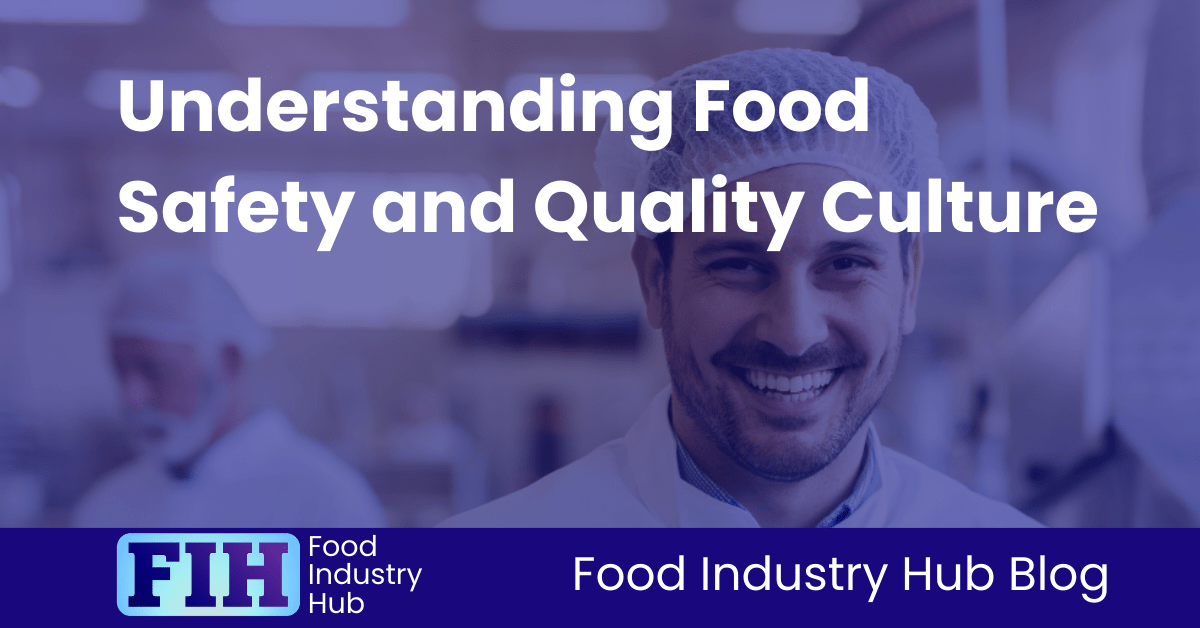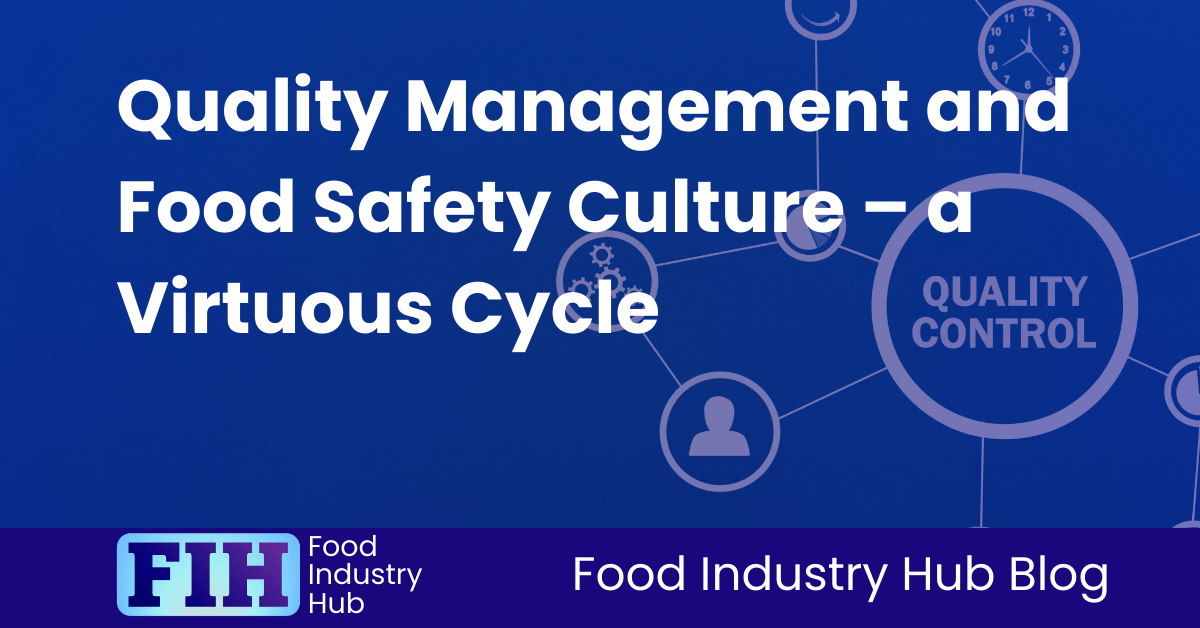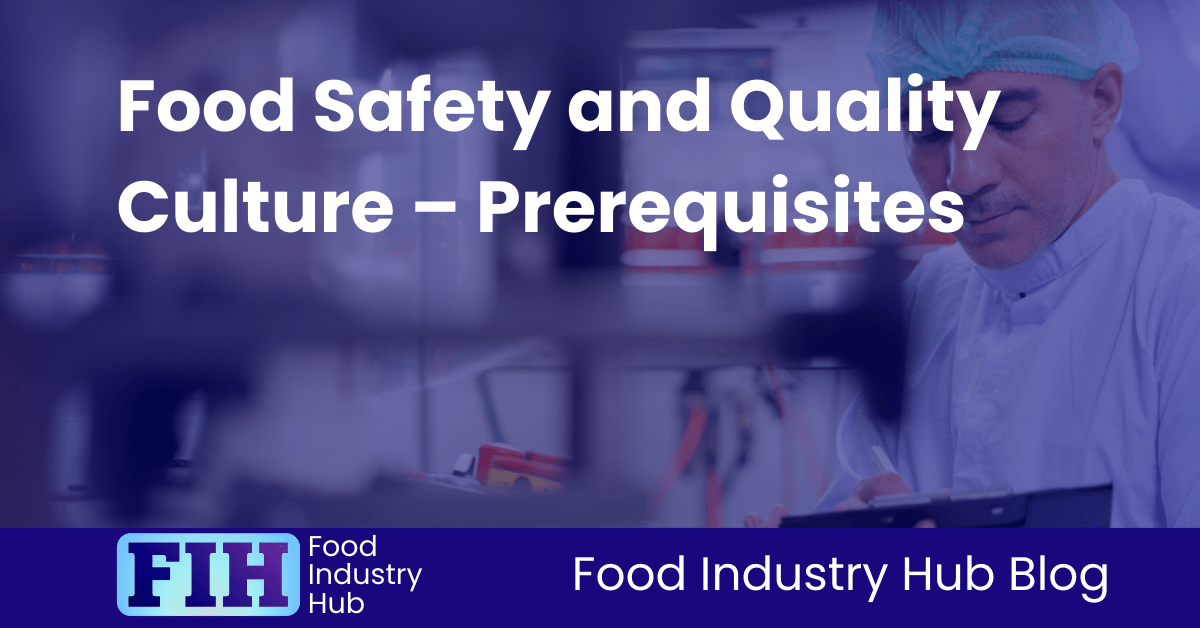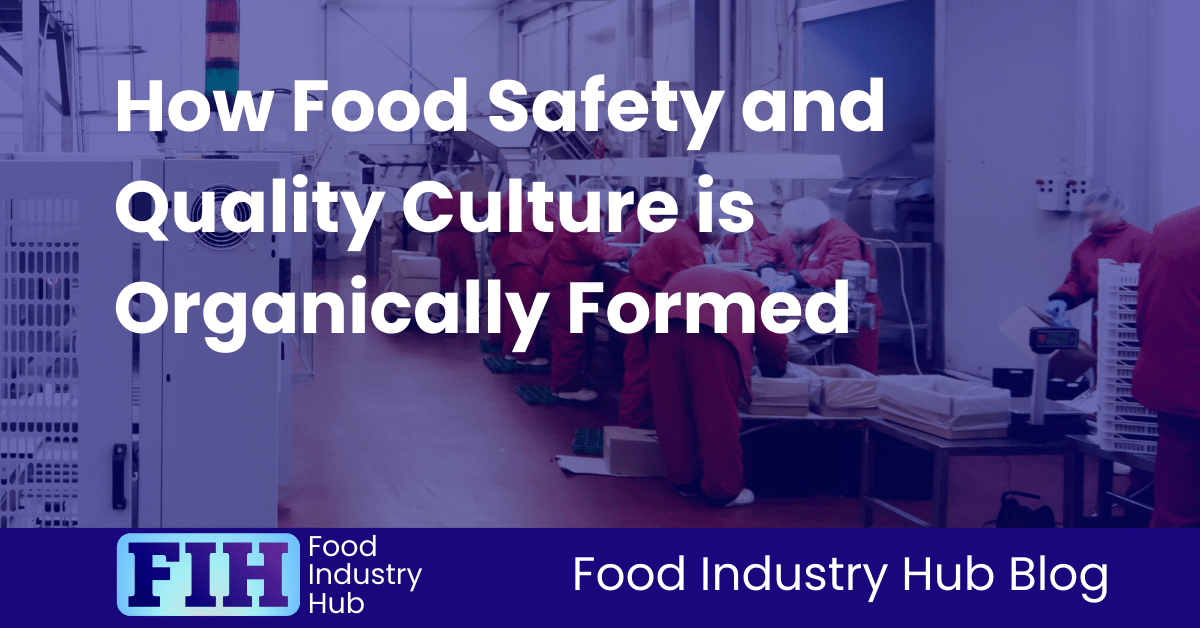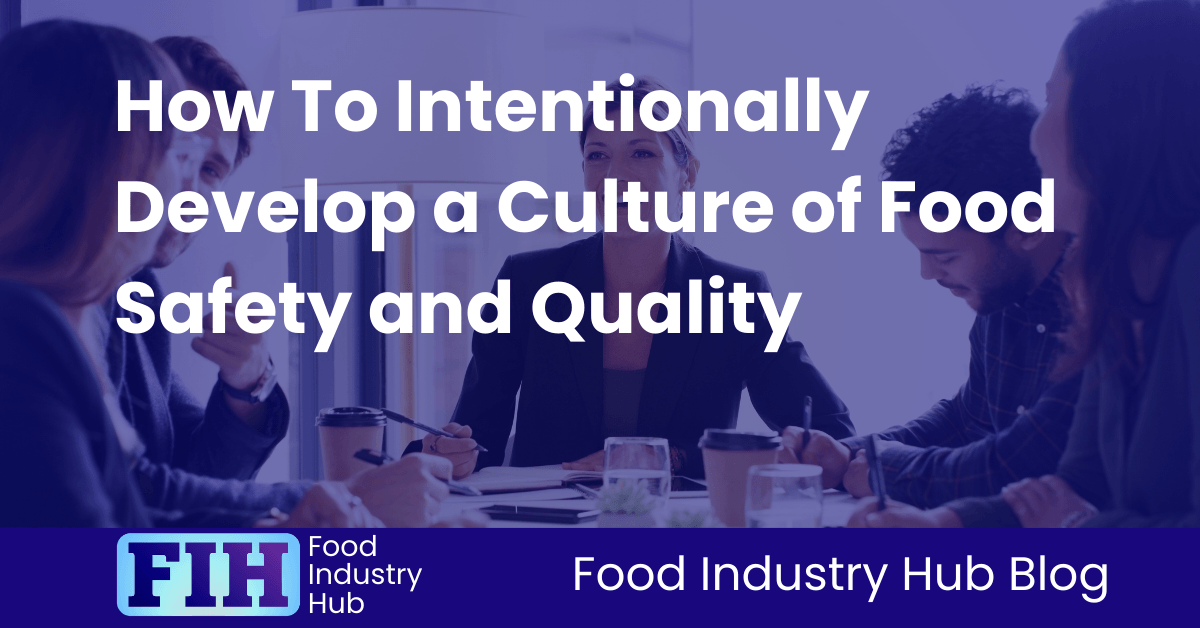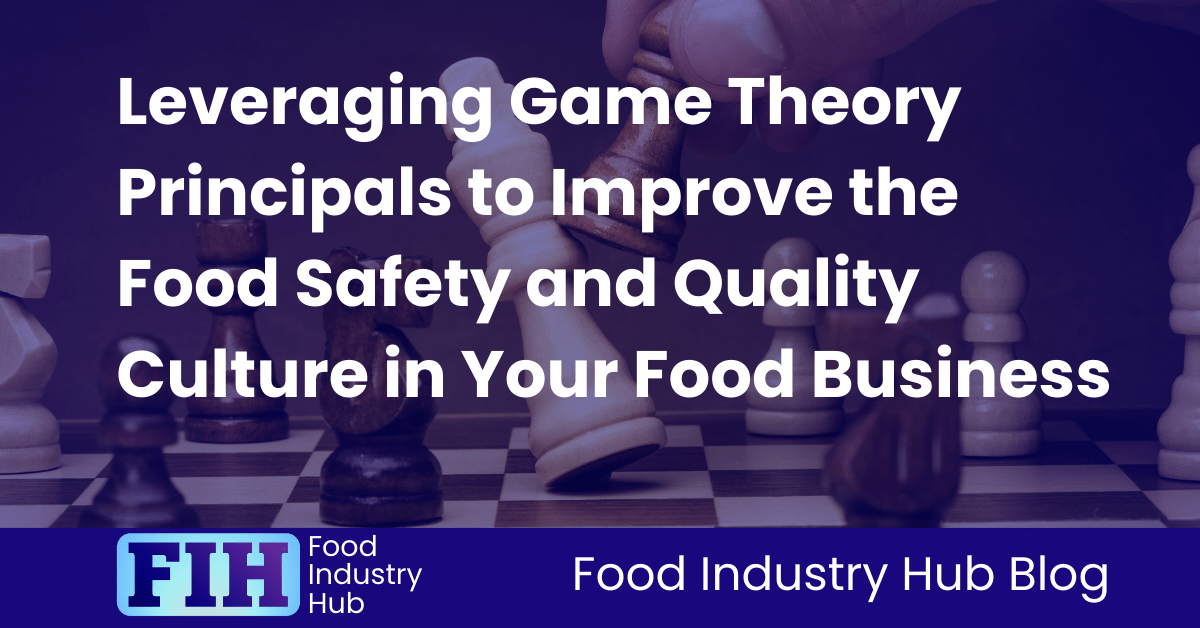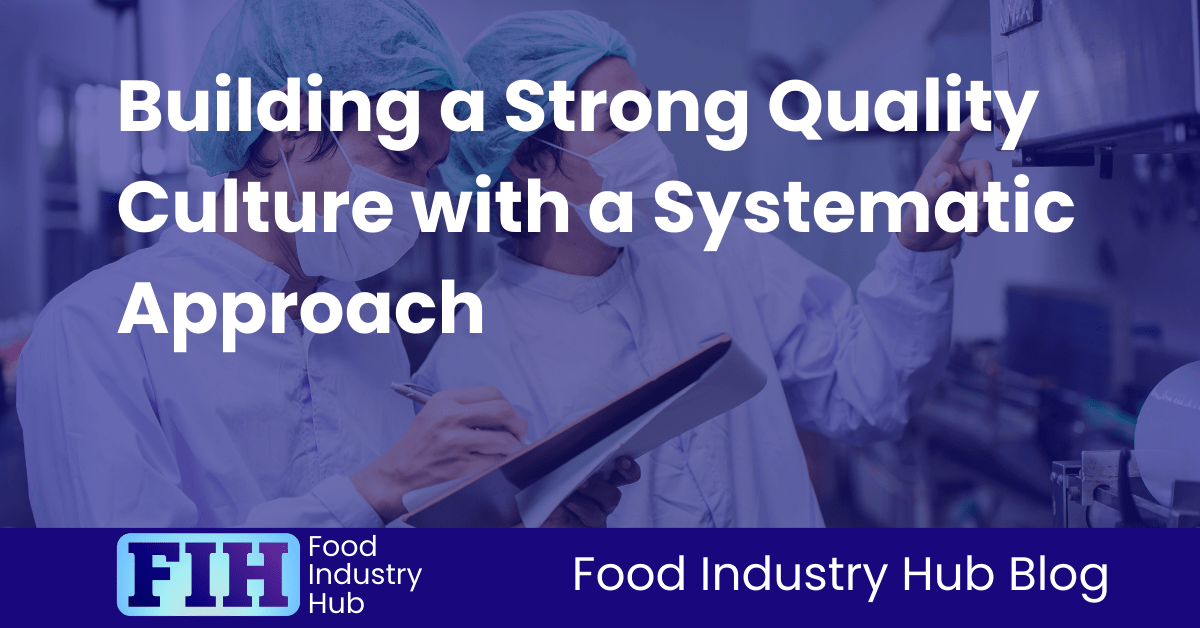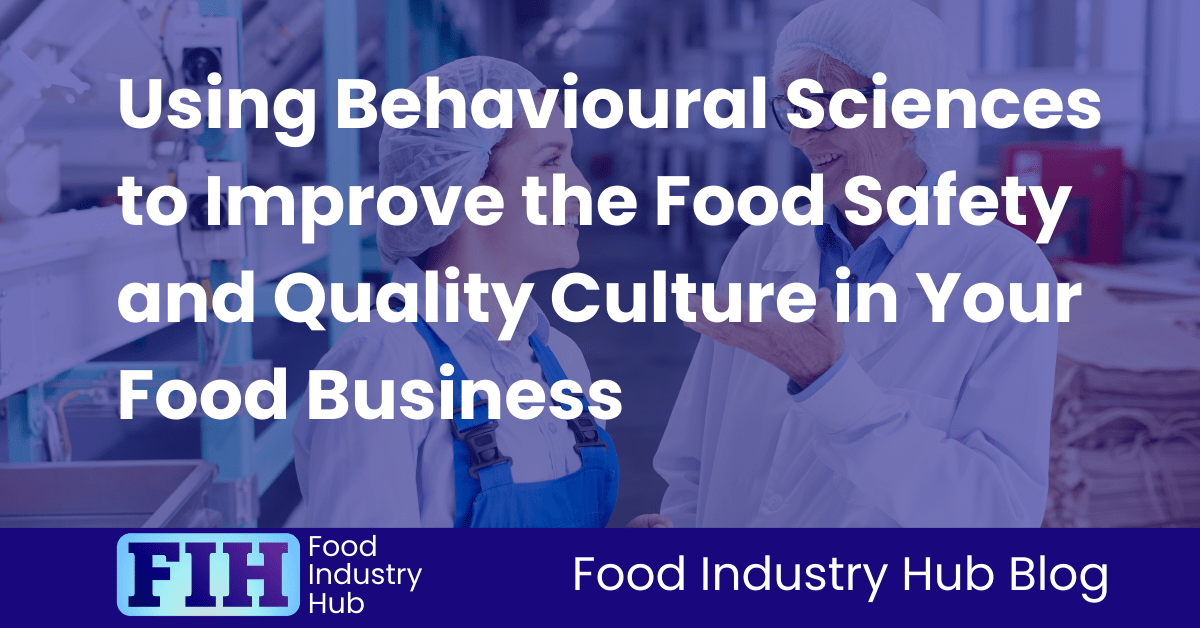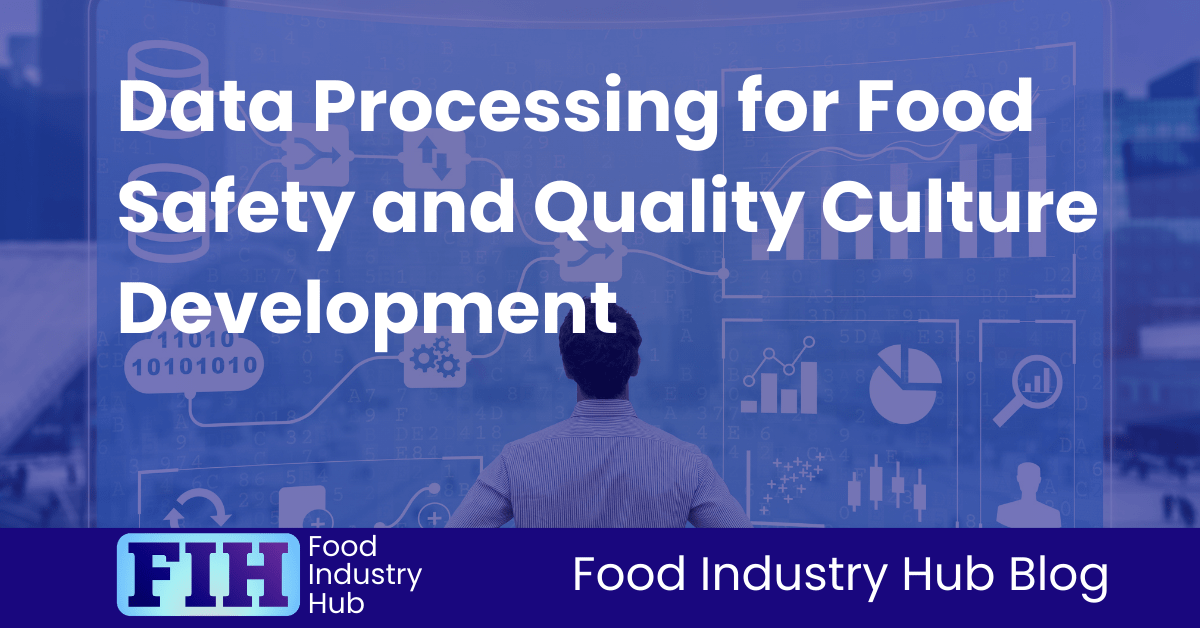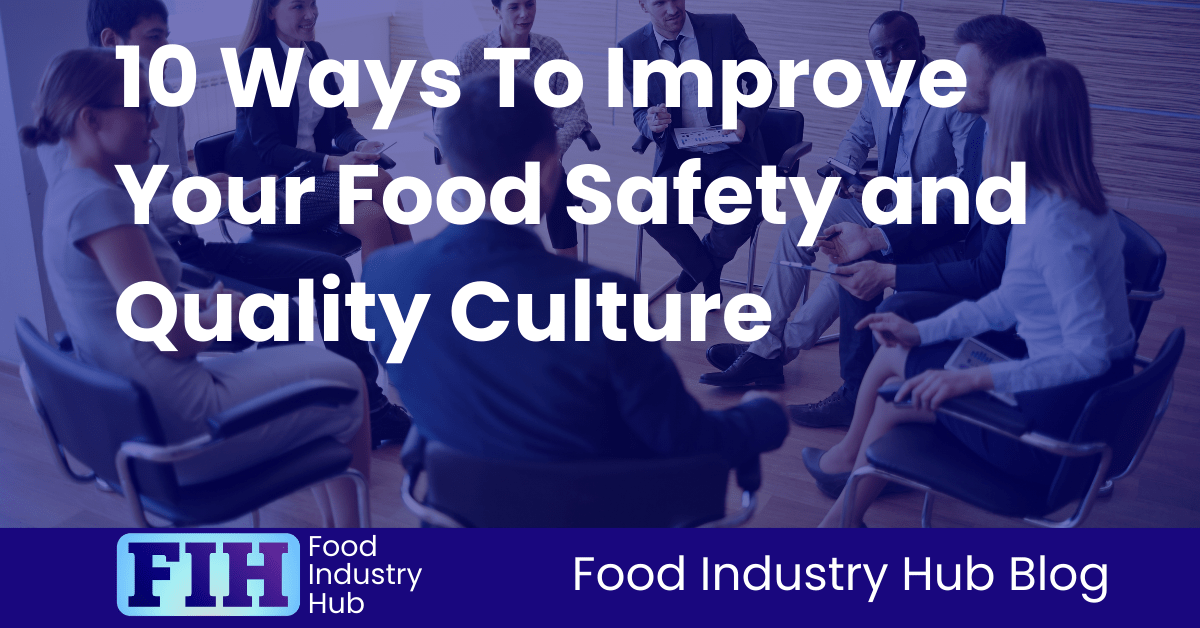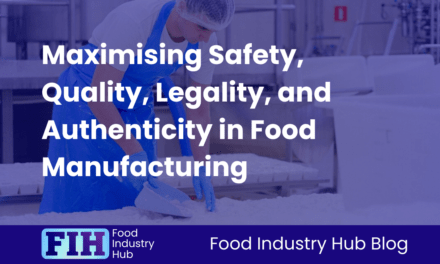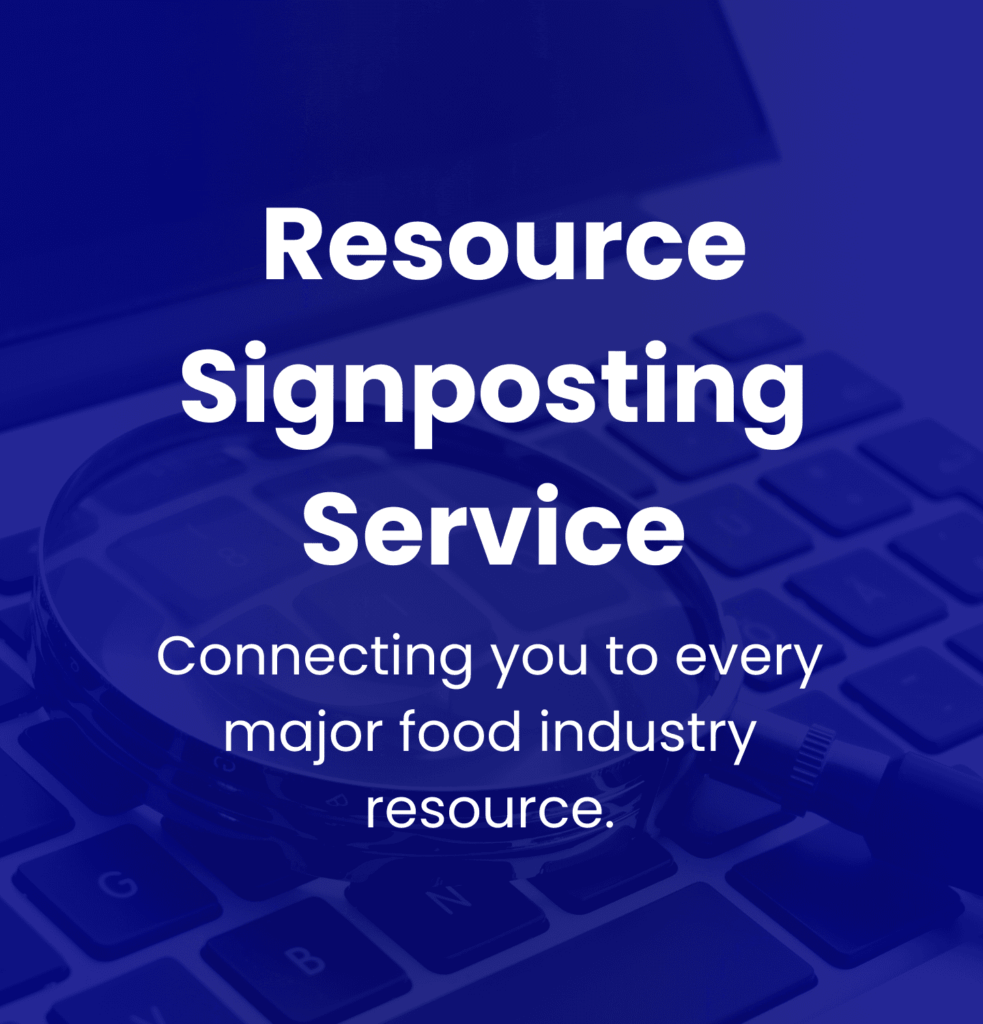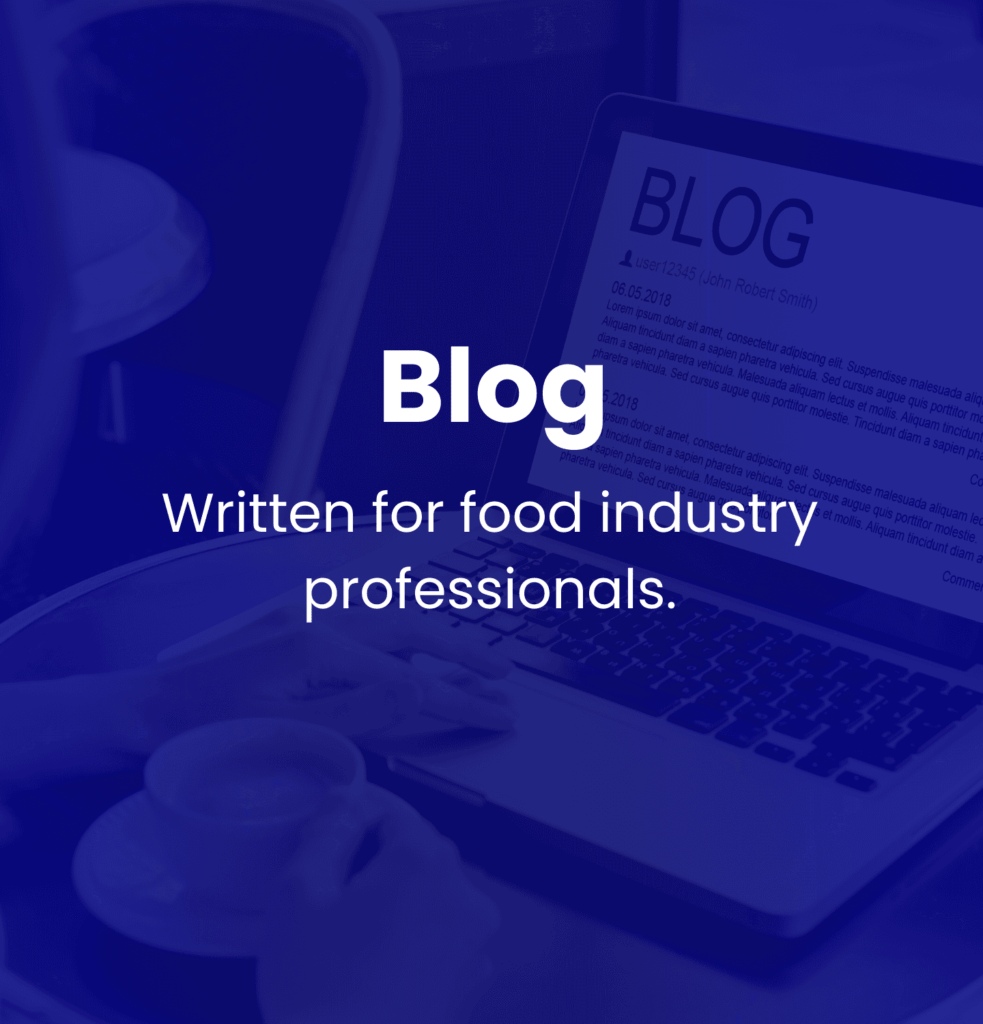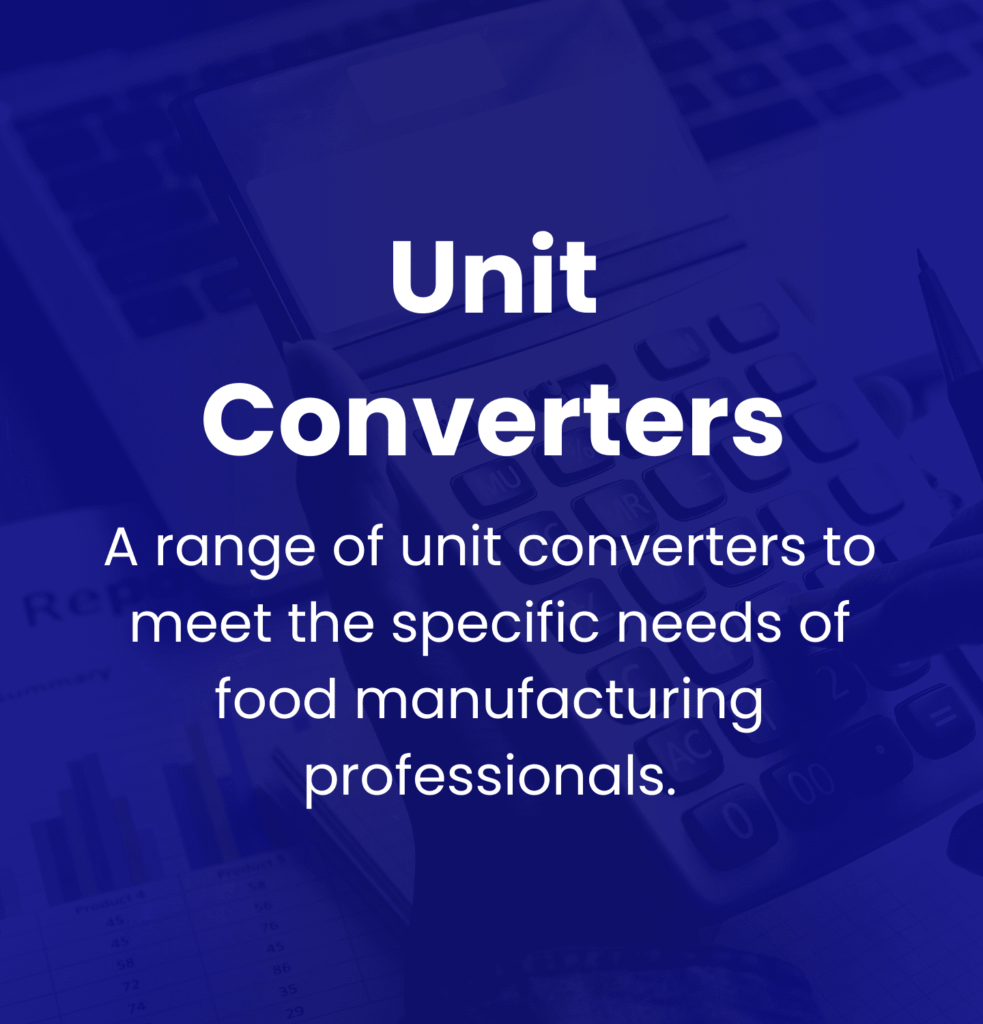Introduction
Food Industry Hub serves the food industry with a range of digital resources for the benefit of both commercial food manufacturers and food industry professionals.
For food manufacturers, we offer integrated management systems that give every user a direct interface with your QMS.
For food industry professionals, we provide an extensive signposting service in addition to informational content we hope you’ll find useful as you face new professional challenges. We have very ambitious plans to expand the range of services offered, and currently present informational content on management, safety and quality, and professional success:
Management in The Food Industry – Optimising For Success
Maximising safety, quality, legality, and authenticity in food manufacturing
Food Safety and Quality Culture
This section is intended to provide a systematic perspective to the subject of food safety and quality culture development, offer suggestions for practical approaches, and explore avenues for development.
What truly defines your company’s culture? While policies, procedures, and training play a role, the foundation of a strong food safety and quality culture lies in the values your business upholds. These values shape the way decisions are made, the priorities that are protected, and the attitudes employees develop toward their work. However, in a food manufacturing environment, competing priorities—such as production efficiency, cost control, and commercial performance—can create tension with food safety and quality commitments. Without a clear structure for resolving these conflicts, the company’s culture risks becoming inconsistent, reactive, or misaligned with its intended priorities.
To create a strong, values-driven culture, businesses must first identify the full range of values that influence their operations—including those related to food safety, quality, financial sustainability, and employee well-being. Then, they must rank these values in a hierarchy that provides clarity when conflicts arise. A well-defined ranking ensures that when priorities compete, there is no ambiguity about which values take precedence. This not only strengthens decision-making at all levels but also provides employees with the confidence to act in alignment with the company’s long-term commitments.
Consider the power of positive peer pressure in shaping the culture of food safety and quality in your organisation. You’ve seen how it can sway behaviours in other aspects, but have you ever considered harnessing it to encourage adherence to food safety protocols? Imagine a workplace where each team member not only understands the rules but also actively promotes them, creating an atmosphere of shared responsibility. Would you be curious to know how this can be achieved and what benefits it could bring? Well, let’s explore this further.
In a food manufacturing business, the ecosystem surrounding food safety and quality is a multifaceted web of influences. From suppliers ensuring top-notch materials to consumers demanding transparency, each stakeholder adds a crucial layer to the culture. But have you considered the hidden impacts of external factors like market trends and global supply chains on this delicate balance? These unseen forces can shape the very foundation of how food safety and quality are perceived and upheld within the industry.
In the complex landscape of food manufacturing, the influence of social feedback on shaping food safety and quality culture cannot be overstated. Your organisation’s success in maintaining high standards hinges on how effectively social interactions reinforce desired behaviours and values. From fostering a sense of responsibility to driving continuous improvement, the dynamics of social feedback can significantly impact the overall ethos of your workplace. But how exactly does this interplay unfold, and what strategies can be employed to harness its potential for enhancing food safety and quality practices within your business?
Food safety and quality culture is not separate to organisational systems or business structure. In reality, organisational culture is a characteristic -and expression- of the organisation, and manifests throughout all levels.
In this post, we’ll explore the interplay of organisational constructs and the food safety and quality culture throughout a food manufacturing business.
Read on to find out the influences of different organisational systems on food safety culture, how to influence and exert control over your food safety and quality culture, and How the culture of food safety and quality exists within the bigger picture of your organisation.
Compliance depends on objective evidence. Without objective evidence, it is impossible to demonstrate compliance or non-compliance at audit. The notion of compliance is only meaningful if it can be challenged and measured.
Today, various compliance standards require the development and improvement of the food safety and quality culture; requiring sites to measure objectively the effect of improvement initiatives on the food safety and quality culture. From a systems and compliance perspective, this one makes for an interesting kind of problem because you have to try to ascribe objective metrics to what seems like an inherently subjective topic.
So, you’ve noticed that your food manufacturing business could use a culture revamp. But how do you actually make that happen?
It’s not just about setting goals and hoping for the best. There’s a strategic process involved that requires commitment and finesse.
Let’s explore the key steps that will not only transform your organisational culture but also ensure long-term success in this competitive industry.
In the food industry, where expectations for diligence and quality assurance are constantly evolving, one concept stands as the bedrock of excellence – food safety and quality culture. But what exactly is this culture, and why is it the cornerstone of any thriving food-related enterprise?
food safety and quality culture encompasses the collective values, behaviours, and practices ingrained within an organisation that ensure the production of safe, high-quality food products. It’s more than a checklist of protocols; it’s a way of thinking that permeates every level of the operation.
Read here to understand more about food safety and quality culture. We’ll look at organisational culture and how food safety and quality culture fits into it. We’ll explore attitudes, behaviours, and interactions with the internal culture. We’ll also address the relationship between food safety and quality culture and compliance with management structures; as well as the significance of culture of food safety and quality performance.
A culture oriented toward safety and quality values implies a level of buy-in across the organisation that would serve the intent of the quality management system in a way that mere adherence to procedural requirements cannot approach. The documented food safety and quality management system serves to organise and instruct, while a mature culture of safety and quality can fulfil the goals of the management system even in the absence of explicitly defined instructions and processes.
In this post, we will explore the advantages of having a well-developed and dependable food safety management system and the relationship between the food safety and quality management system and a food business’ food safety and quality culture.
There are four essential elements: values, attitudes, behaviours, and interactions with the total food safety and quality culture.
It’s correct to think of attitudes and behaviours as being components of the culture system, but the relationship between attitudes, behaviours, and culture is so immediate that the interactions between the three things have important synergistic/antagonistic effects on each other. In other words, it’s practically better to think of the culture system of being made up of values, attitudes, behaviours, and group dynamics than it is to think of this as a system composed of culture, with values, attitudes and behaviours as associated attributes.
Attitudes motivate behaviours, and group behaviours indicate the profile of the food safety and quality culture. The profile of a food safety and quality culture would reference attitudes/stances/priorities/inclinations extrapolated from behavioural observations. Social and managerial interventions feedback into and influence both attitudes and behaviours.
Understanding the systematic interplays is key to implementing successful changes – so read here to find out the key components and general principals.
Every organisation has an internal culture, which includes attitudes and behaviours pertaining to food safety and quality assurance alongside other topics relevant to the operations particular to each business. Food safety and quality culture isn’t separate from organisational culture – it would be better to think of food safety and quality culture as a subset of organisational culture.
Some businesses put deliberate effort into steering their internal culture, with intentional interventions designed to align cultural values throughout the organisation with the attitudes and beliefs identified as most desirable. For some food manufacturers, internal culture has formed organically – with the food safety and quality culture profile representing the evolution of attitudes and behaviours over time rather than a considered set of ideals.
Without a cohesive set of values, it’s easy for conflicts to form between departments and functions – which can cause disharmony throughout business operations. There’s also a lot of potential for conflicting values to form across different management tiers, so there’s a lot of benefit to integrating culture into your managerial concerns.
Given that many businesses’ cultures have formed organically, it’s useful to understand the mechanisms by which a culture might naturally evolve – so you can determine whether the organic influencers are synergistic or antagonistic to the intentional interventions you introduce for culture development.
Put simply, making intentional changes to your company’s culture is all about identifying attitudes and behaviours manifested internally to your food business, and introducing interventions designed to steer them toward desirable attitudes and behaviours that best represent the kind of values and ideals you’d expect to be held by a mature culture of safety and quality.
Conceptually, this is quite simple, but the process of implementing management systems around culture can seem daunting – especially if there has not been a structured approach historically.
We’ve put together this guide – which explores a structure for making intentional developments to your food safety and quality culture. Read here to find out about practical steps you can take to systematise your approach to developing a culture of food safety and quality.
In food manufacturing, developing and maintaining mature culture of food safety and quality culture is of the utmost importance. That’s where leveraging game theory principles comes into play. Game theory addresses interactions between individuals and/or groups, so taking advantage of this strategic approach can give you a toolset for influencing those interactions. In turn, this can support your efforts to foster a culture that not only ensures the safety and quality of your products but also enhances the overall efficiency of your operations.
But how exactly can game theory help you achieve these goals? Well, buckle up and get ready to explore the fascinating world of game theory in the context of your food manufacturing business. You’re about to discover some powerful strategies that could revolutionise the way you approach food safety and quality.
Many compliance standards now include requirements for food businesses to demonstrate the development and improvement of their food safety and quality culture. This post explores systemic influences on culture and offers suggestions for how to promote your businesses’ food safety and quality culture through systematic interactions.
Many compliance standards now include requirements for food businesses to demonstrate the development and improvement of their food safety and quality culture. This post explores systemic influences on culture and offers suggestions for how to promote your businesses’ food safety and quality culture through systematic interactions.
There’s a lot about culture that seems very subjective and removed from objective data, but data interactions can be among the most powerful tools organisations have when making strategic interventions to their food safety and quality culture. This post explores data-handling by organisations, looking at collecting, assessing, and reacting to data; and some of the effects that this can have of food safety and quality culture development.
Food safety and quality culture can be a difficult thing to address because of the intangible nature of the topic. In this post, we offer actionable suggestions for initiatives that you can use to develop a culture of food safety and quality.
Benefits of a Mature Food Safety and Quality Culture
If you have a really cohesive set of values established throughout your organisation, those values will be expressed through people’s actions – even in the absence of direct managerial intervention.
Putting aside the specific topic of food safety and quality for a moment, imaging how effectively any business function could operate if every individual involved in the process had bought into the underlying intent and interests that the organisation prioritised. The operational gain from that kind of values-oriented buy-in is transformative.
Applied to food safety and quality, successfully establishing an accountability to food safety and quality values will shape attitudes and behaviours throughout your organisation – safeguarding brand equity and consumer protection.
Compliance with systems and procedures is a good indicator for cultural maturity, but the ultimate value of food safety and quality culture is that the intent of compliance processes is served, rather than the satisfaction of management or auditors.

